Description
Are you looking for an extension or a GT activity for your unit on Europe? Use this discussion activity on the Elgin Marbles. Your students will read about the history of the Parthenon and the “theft” of the Elgin Marbles. After completing an Opinion/Proof Graphic Organizer, your students will debate who should own the statues from this World Heritage Site. This activity is perfect for practicing point of view and crafting an argument based on facts.
With this resource, you will receive:
-Google Slides™,
-6 image placards with pictures of the Elgin Marbles and the Parthenon,
-2 page reading on the controversy behind the Elgin Marbles,
-Opinion/Proof Graphic Organizer,
-Add, Subtract, Multiply, Divide Discussion Cards, and
-Letter to the Editor extension activity.
2019 World Cultures TEKS
(1) History. The student understands that historical events influence contemporary events. The student is expected to:
(A) trace characteristics of various contemporary societies in regions that resulted from historical events or factors such as colonization, immigration, and trade; and
(B) analyze the historical background of various contemporary societies to evaluate relationships between past conflicts and current conditions.
(2) History. The student understands the influences of individuals and groups from various cultures on various historical and contemporary societies. The student is expected to:
(A) identify and describe the historical influence of individuals or groups on various contemporary societies; and
(B) describe the social, political, economic, and cultural contributions of individuals and groups from various societies, past and present.
(13) Culture. The student understands the similarities and differences within and among cultures in various world societies. The student is expected to:
(D) identify and explain examples of conflict and cooperation between and among cultures.
(15) Culture. The student understands relationships that exist among world cultures. The student is expected to:
(A) identify and describe means of cultural diffusion such as trade, travel, and war;
(D) identify the impact of cultural diffusion on individuals and world societies.
(16) Culture. The student understands the relationship that exists between the arts and the societies in which they are produced. The student is expected to:
(A) explain the relationships that exist between societies and their architecture, art, music, and literature;
(C) identify examples of art, music, and literature that convey universal themes such as religion, justice, and the passage of time.
(19) Social studies skills. The student applies critical-thinking skills to organize and use information acquired through established research methodologies from a variety of valid sources, including technology. The student is expected to:
(A) differentiate between, locate, and use valid primary and secondary sources such as oral, print, and visual material and artifacts to acquire information about various world cultures;
(B) analyze information by sequencing, categorizing, identifying cause-and-effect relationships, comparing, contrasting, finding the main idea, summarizing, making generalizations and predictions, and drawing inferences and conclusions;
(C) organize and interpret information from outlines, reports, databases, and visuals, including graphs, charts, timelines, and maps;
********************************************************************
© 2021 Social Studies Success, LLC. This purchase is for you and your classroom. Duplication for an entire school, an entire school system, or for commercial purposes is strictly forbidden. Please have other teachers purchase their own copy. If you are a school or district interested in purchasing several licenses, please contact me for a district-wide quote.
Please review all product descriptions and previews. If you have a question, contact me before you purchase at SocialStudiesSuccess1@gmail.com. As this is a digital product, all sales are final.
❤️ Dawn

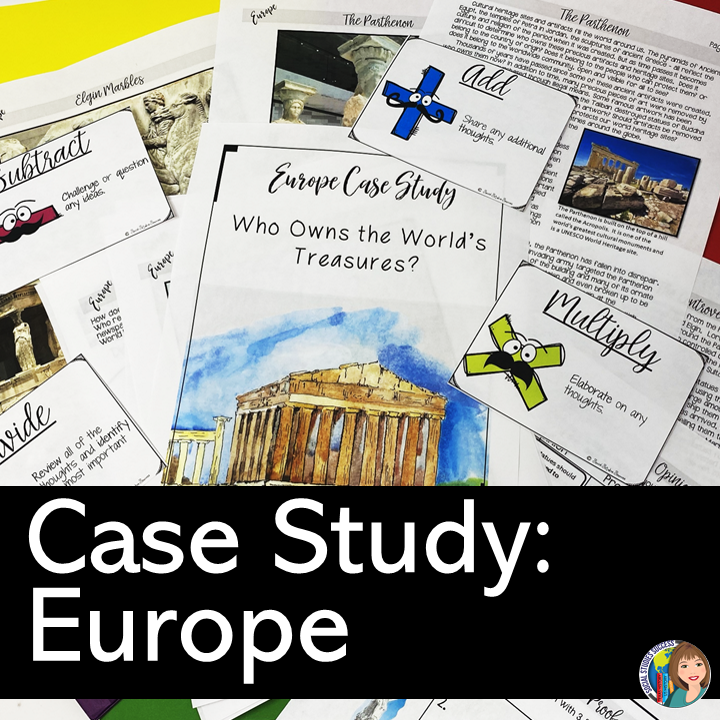



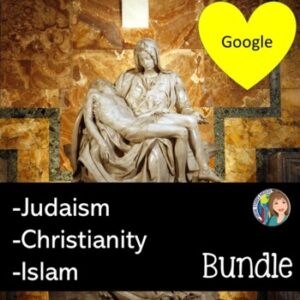
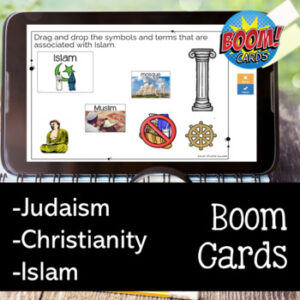
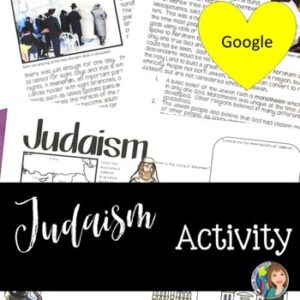

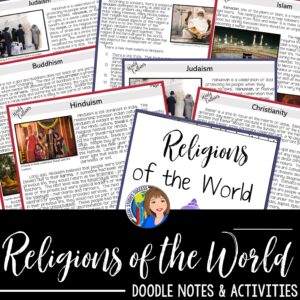
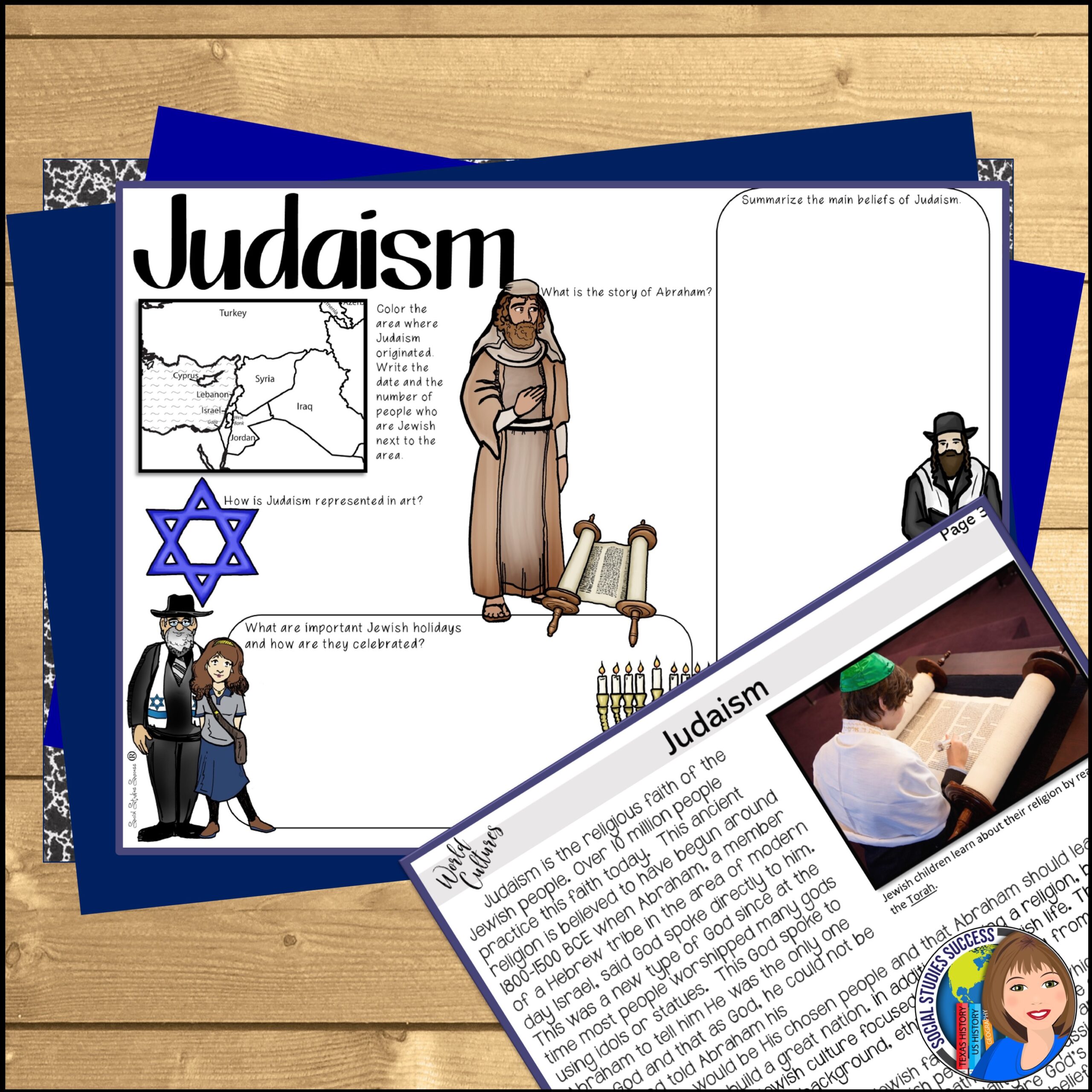
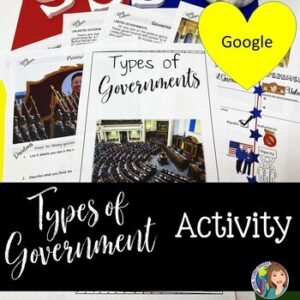
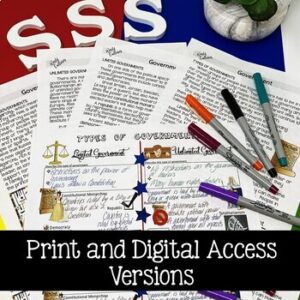


Reviews
There are no reviews yet.